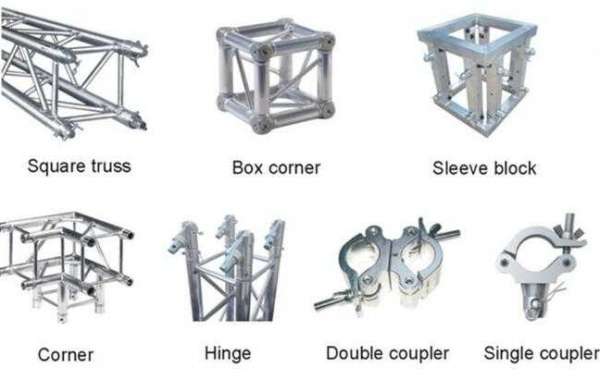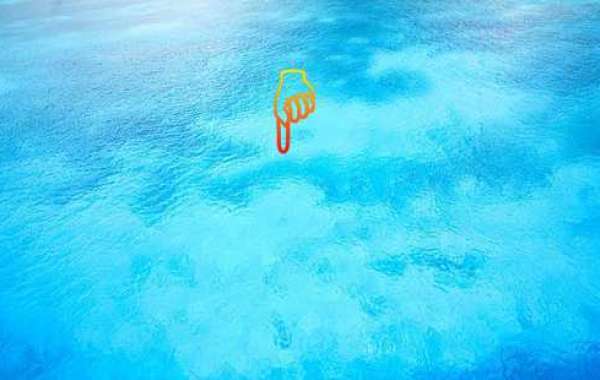The layout and installation of aluminum stage truss lighting configuration is a very professional technical project. If a reasonable plan is not made, the stage lighting effect will be greatly reduced. This article will briefly introduce the basic common sense of stage lighting.
1. Commonly used light positions of aluminum stage truss
If you want to configure professional stage lights, you must first understand the common light positions of aluminum stage truss. This is a very important part of choosing the correct configuration.
1. Surface light: The light projected from the top of the audience to the stage is mainly used for the front lighting of the characters and the basic lighting of the whole stage.
2. Slap: The light that is located on both sides of the proscenium and casts obliquely on the stage. It is divided into upper and lower layers. The main auxiliary surface light is to strengthen the facial lighting and increase the three-dimensional sense of the characters and scenery.
3. Pillar light (also called side light): The light projected from both sides of the proscenium is mainly used to illuminate the two sides of people or scenery to increase the sense of three-dimensionality and contour.
4. Top light: the light projected from the top of the stage to the stage, from front to back is divided into a row of top lights, two rows of top lights, three rows of top lights, etc., mainly used for stage general lighting, enhance stage lighting, and have The fixed-point illumination of many sceneries and props is mainly solved by the top light.
5. Backlight: The light projected from the stage's backlight direction (such as top light, bridge light, etc.) can depict the contours of people and scenery, enhance the sense of three-dimensionality and transparency, and can also be used as a specific light source.
6. Bridge light: The light projected on the stage at the flyovers on both sides of the stage is mainly used to assist the column light to enhance the three-dimensional effect. It is also used for other light positions that are not convenient for projection. It can also be used as a specific light source.
7. Foot light: The light projected from the platform in front of the stage to the stage, mainly assists in the illumination of the face light and eliminates the shadows formed by the face and jaw of the person's face and jaws that are irradiated at a high level such as the face light.
8. Heaven and earth discharge: the light projected from above and below the sky screen to the sky screen is mainly used for lighting and color changes of the sky screen.
9. Mobile light: On the mobile light stands on both sides of the stage, the main auxiliary bridge light is to supplement the two lights of the stage or other specific lights.
10. Follow the light: the light position required for self-viewing from the seat or other positions, mainly used to track the performance of the actor or highlight a specific light, and also used for the host. It is a close-up pen for stage art and serves as a point of drawing dragons. The role of sunny.
2. Commonly used lamps and their characteristics
1. Spotlight: It is one of the most widely used main lamp types in aluminum stage truss lighting. At present, there are 1KW, 2KW, and 2KW most widely used in the market. It illuminates concentrated light, the edge of the light spot is relatively clear, can highlight a part, and can also magnify the light spot to illuminate an area. As the main light source of the stage, it is often used for surface light, slap light, side light and other light positions.
2. Soft light: The light is soft and well-proportioned, which can highlight a certain part without a hard spot, which is convenient for connecting several lights. Common ones are 0.3KW, 1KW, 2KW, etc. It is mostly used for short-distance light positions such as column light and flowing light.
3. Backlight: It is a reflective type lamp, which is characterized by hard light quality, high illuminance and long range. It is an economical and efficient strong light lamp. The common ones are mainly 0.5KW, 1KW, 2KW, etc., with 2KW being the most used.
4. Astigmatism lamp: the light is diffuse, uniform, and has a large projection area. It is divided into sky astigmatism and ground astigmatism. The common ones are 0.5KW, 1KW, 1.25KW, 2KW, etc., which are mostly used for sky screen illumination, and can also be used for theater chairpersons. Universal lighting of the table.
5. Modeling lamp: The principle lies between the follow-up light and the spotlight. It is a special type of lamp, mainly used for the projection of characters and scenery.
6. Foot light: (also known as strip light): soft light, wide area. It is mainly used for lighting and coloring to the middle scene and net scene, and can also be used as auxiliary surface lighting at the proscenium position.
7. Beam lamp: (also known as downlight): currently used more widely, such as PAR64 and other models. It can be used to illuminate people and scenery in all directions, and it can also be directly installed on the stage, exposed to the audience, forming a light array, which is used for stage decoration and lighting.
8. Projection slides and sky curtain effect lights: can form an overall picture on the stage canopy, and various special effects, such as: wind, rain, snow, electricity, water, fire, smoke, clouds, etc.
9. Computer light: This is a kind of intelligent lamp controlled by DMX512 or RS232 or PMX signal. Its light color, spot and illumination are better than the above conventional lamps. It is a kind of intelligent lamp developed in recent years and is often installed in surface light. , Top light, stage back steps and other positions, the color, shape, diagram, etc. of its operation can be programmed to run. Due to the different power levels, it should be different when used on aluminum stage truss. Generally, low-power computer lights are only suitable for ballroom use. On the stage, low-power computer lighting lines and spots are often diluted by stage spotlights, return lights, etc., so pay special attention to the selection.
10. Follow-up light: It is a new type of stage lighting in modern times. It is characterized by high brightness and lens imaging, which can present clear light spots. By adjusting the focal length, the virtual and real light spots can be changed. There is a movable light bar, which can easily change the color, and the lamp body can run freely, etc. At present, there are many varieties in the market, and the way of marking indicators is different. For example, the power is the standard: 1KW halogen tungsten light source, 1KW dysprosium light source, 0.8KW metal halide light source, etc. There are also distance-based follow-up lights (under specific distances). Light intensity and illuminance), such as 8--10m follow-up light, 15--30m follow-up light, 30--50m follow-up light, 50-80m follow-up light, etc., and the functional area is: mechanical follow-up light For the light lamp, its focusing, light barrier, and color change are all done manually. Another computer follow-up light, its focus, light barrier, color change, and color temperature adjustment are all automatically failed by pushing and pulling the potentiometer, so you must use various indicators carefully before using it.








